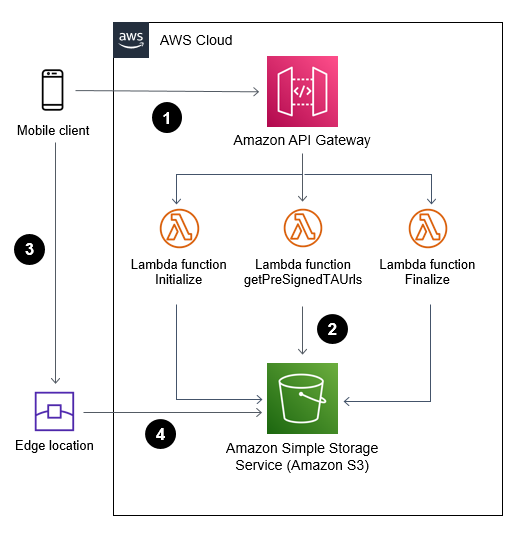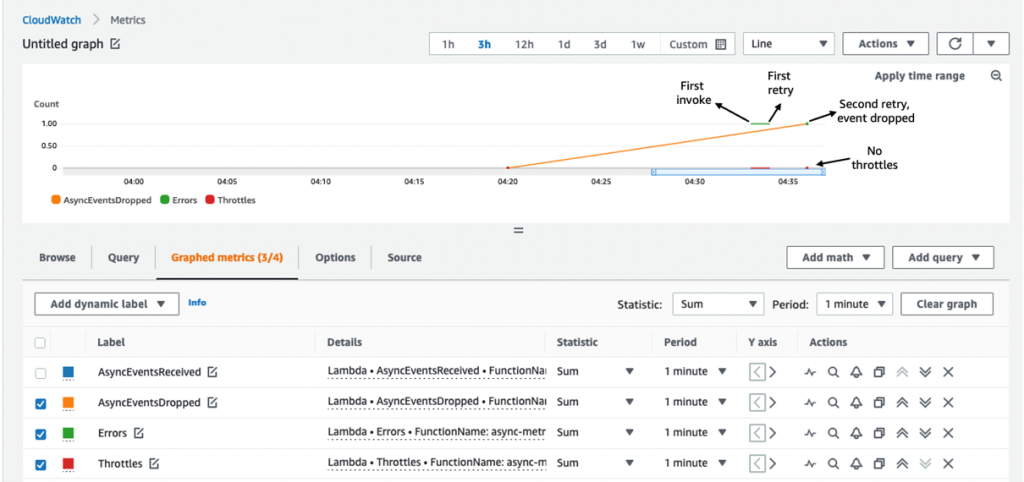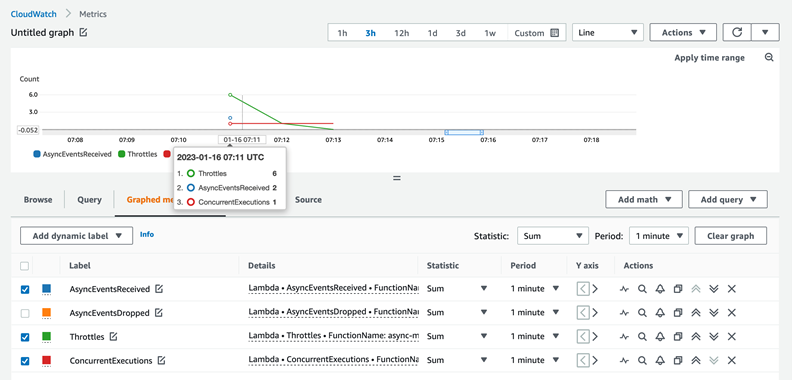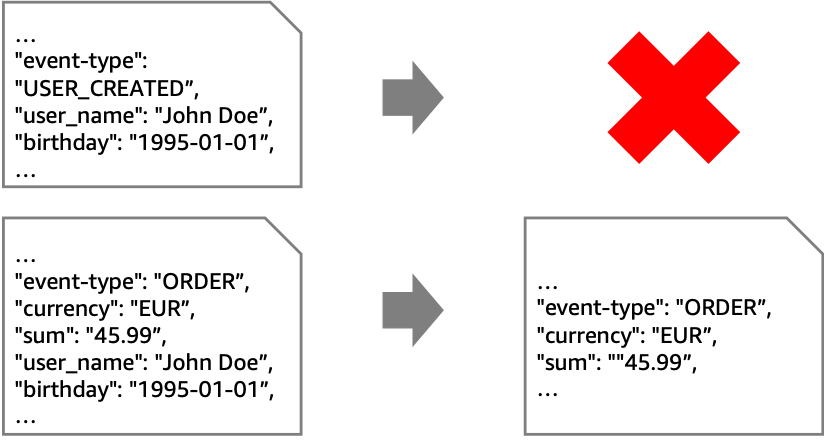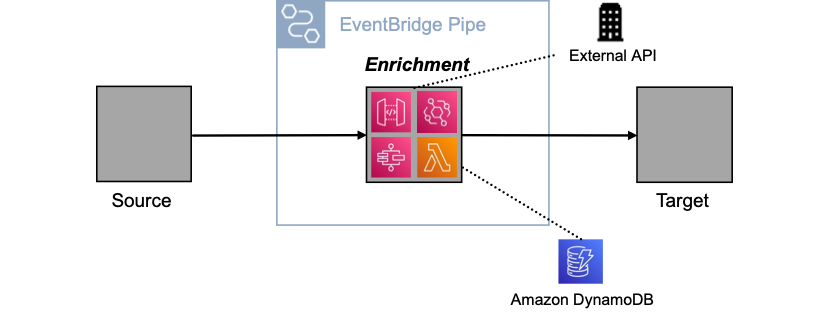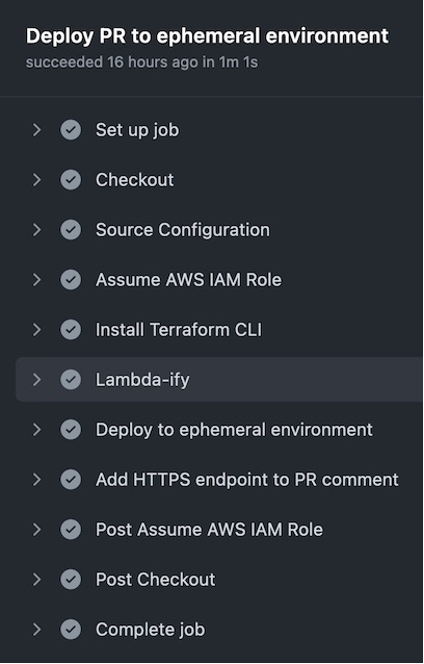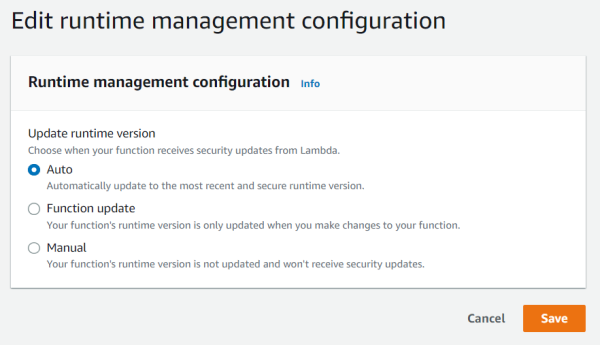Post Syndicated from James Beswick original https://aws.amazon.com/blogs/compute/building-private-serverless-apis-with-aws-lambda-and-amazon-vpc-lattice/
This post was written by Josh Kahn, Tech Leader, Serverless.
Amazon VPC Lattice is a new, generally available application networking service that simplifies connectivity between services. Builders can connect, secure, and monitor services on instances, containers, or serverless compute in a simplified and consistent manner.
VPC Lattice supports AWS Lambda functions as both a target and a consumer of services. This blog post explores how to incorporate VPC Lattice into your serverless workloads to simplify private access to HTTP-based APIs built with Lambda.
Overview
VPC Lattice is an application networking service that enables discovery and connectivity of services across VPCs and AWS accounts. VPC Lattice includes features that allow builders to define policies for network access, traffic management, and monitoring. It also supports custom domain names for private endpoints.
VPC Lattice is composed of several key components:
- Service network – a logical grouping mechanism for a collection of services on which you can apply common policies. Associate one or more VPCs to allow access from services in the VPC to the service network.
- Service – a unit of software that fulfills a specific task or function. Services using VPC Lattice can run on instances, containers, or serverless compute. This post focuses on services built with Lambda functions.
- Target group – in a serverless application, a Lambda function that performs business logic in response to a request. Routing rules within the service route requests to the appropriate target group.
- Auth policy – an AWS Identity and Access Management (IAM) resource policy that can be associated with a service network and a service that defines access to those services.
VPC Lattice enables connectivity across VPC and account boundaries, while alleviating the complexity of the underlying networking. It supports HTTP/HTTPS and gRPC protocols, though gRPC is not currently applicable for Lambda target groups.
VPC Lattice and Lambda
Lambda is one of the options to build VPC Lattice services. The AWS Lambda console supports VPC Lattice as a trigger, similar to previously existing triggers such as Amazon API Gateway and Amazon EventBridge. You can also connect VPC Lattice as an event source using infrastructure as code, such as AWS CloudFormation and Terraform.
To configure VPC Lattice as a trigger for a Lambda function in the Console, navigate to the desired function and select the Configuration tab. Select the Triggers menu on the left and then choose Add trigger.
The trigger configuration wizard allows you to define a new VPC Lattice service provided by the Lambda function or to add to an existing service. When adding to an existing service, the wizard allows configuration of path-based routing that sends requests to the target group that includes the function. Path-based and other routing mechanisms available from VPC Lattice are useful in migration scenarios.
This example shows creating a new service. Provide a unique name for the service and select the desired VPC Lattice service network. If you have not created a service network, follow the link to create a new service network in the VPC Console (to create a new service network, read the VPC Lattice documentation).
The listener configuration allows you to configure the protocol and port on which the service is accessible. HTTPS (port 443) is the default configuration, though you can also configure the listener for HTTP (port 80). Note that configuring the listener for HTTP does not change the behavior of Lambda: it is still invoked by VPC Lattice over an HTTPS endpoint, but the service endpoint is available as HTTP. Choose Add to complete setup.
In addition to configuring the VPC Lattice service and target group, the Lambda wizard also adds a resource policy to the function that allows the VPC Lattice target group to invoke the function.
VPC Lattice integration
When a client sends a request to a VPC Lattice service backed by a Lambda target group, VPC Lattice synchronously invokes the target Lambda function. During a synchronous invocation, the client waits for the result of the function and all retry handling is performed by the client. VPC Lattice has an idle timeout of one minute and connection timeout of ten minutes to both the client and target.
The event payload received by the Lambda function when invoked by VPC Lattice is similar to the following example. Note that base64 encoding is dependent on the content type.
{
"body": "{ "\userId\": 1234, \"orderId\": \"5C71D3EB-3B8A-457B-961D\" }",
"headers": {
"accept": "application/json, text/plain, */*",
"content-length": "156",
"user-agent": "axios/1.3.4",
"host": "myvpclattice-service-xxxx.xxxx.vpc-lattice-svcs.us-east-2.on.aws",
"x-forwarded-for": "10.0.129.151"
},
"is_base64_encoded": false,
"method": "PUT",
"query_string_parameters": {
"action": "add"
},
"raw_path": "/points?action=add"
}
The response payload returned by the Lambda function includes a status code, headers, base64 encoding, and an optional body as shown in the following example. A response payload that does not meet the required specification results in an error. To return binary content, you must set isBase64Encoded to true.
{
"isBase64Encoded": false,
"statusCode": 200,
"statusDescription": "200 OK",
"headers": {
"Set-Cookie": "cookies",
"Content-Type": "application/json"
},
"body": "Hello from Lambda (optional)"
}
For more details on the integration between VPC Lattice and Lambda, visit the Lambda documentation.
Calling VPC Lattice services from Lambda
VPC Lattice services support connectivity over HTTP/HTTPS and gRPC protocols as well as open access or authorization using IAM. To call a VPC Lattice service, the Lambda function must be attached to a VPC that is associated to a VPC Lattice service network:
While a function that calls a VPC Lattice service must be associated with an appropriate VPC, a Lambda function that is part of a Lattice service target group does not need to be attached to a VPC. Remember that Lambda functions are always invoked via an AWS endpoint with access controlled by AWS IAM.
Calls to a VPC Lattice service are similar to sending a request to other HTTP/HTTPS services. VPC Lattice allows builders to define an optional auth policy to enforce authentication and perform context-specific authorization and implement network-level controls with security groups. Callers of the service must meet networking and authorization requirements to access the service. VPC Lattice blocks traffic if it does not explicitly meet all conditions before your function is invoked.
A Lambda function that calls a VPC Lattice service must have explicit permission to invoke that service, unless the auth type for the service is NONE. You provide that permission through a policy attached to the Lambda function’s execution role, for example:
{
"Action": "vpc-lattice-svcs:Invoke",
"Resource": "arn:aws:vpc-lattice:us-east-2:123456789012:service/svc-123abc/*",
"Effect": "Allow"
}
If the auth policy associated with your service network or service requires authenticated requests, any requests made to that service must contain a valid request signature computed using Signature Version 4 (SigV4). An example of computing a SigV4 signature can be found in the VPC Lattice documentation. VPC Lattice does not support payload signing at this time. In TypeScript, you can sign a request using the AWS SDK and Axios library as follows:
import { SignatureV4 } from "@aws-sdk/signature-v4";
import { Sha256 } from "@aws-crypto/sha256-js";
import axios from "axios";
const endpointUrl = new URL(VPC_LATTICE_SERVICE_ENDPOINT);
const sigv4 = new SignatureV4({
service: "vpc-lattice-svcs",
region: process.env.AWS_REGION!,
credentials: {
accessKeyId: process.env.AWS_ACCESS_KEY_ID!,
secretAccessKey: process.env.AWS_SECRET_ACCESS_KEY!,
sessionToken: process.env.AWS_SESSION_TOKEN
},
sha256: Sha256
});
const signedRequest = await sigv4.sign({
method: "PUT",
hostname: endpointUrl.host,
path: endpointUrl.pathname,
protocol: endpointUrl.protocol,
headers: {
'Content-Type': 'application/json',
host: endpointUrl.hostname,
// Include following header as VPC Lattice does not support signed payloads
"x-amz-content-sha256": "UNSIGNED-PAYLOAD"
}
});
const { data } = await axios({
...signedRequest,
data: {
// some data
},
url: VPC_LATTICE_SERVICE_ENDPOINT
});
VPC Lattice provides several layers of security controls, including network-level and auth policies, that allow (or deny) access from a client to your service. These controls can be implemented at the service network, applying those controls across all services in the network.
Connecting to any VPC Lattice service
VPC Lattice supports services built using Amazon EKS and Amazon EC2 in addition to Lambda. Calling services built using these other compute options looks exactly the same to the caller as the preceding sample. VPC Lattice provides an endpoint that abstracts how the service itself is actually implemented.
A Lambda function configured to access resources in a VPC can potentially access VPC Lattice services that are part of the service network associated with that VPC. IAM permissions, the auth policy associated with the service, and security groups may also impact whether the function can invoke the service (see VPC Lattice documentation for details on securing your services).
Services deployed to an Amazon EKS cluster can also invoke Lambda functions exposed as VPC Lattice services using native Kubernetes semantics. They can use either the VPC Lattice-generated domain name or a configured custom domain name to invoke the Lambda function instead of API Gateway or an Application Load Balancer (ALB). Refer to this blog post on the AWS Container Blog for details on how an Amazon EKS service invokes a VPC Lattice service with access control enabled.
Building private serverless APIs
With the launch of VPC Lattice, AWS now offers several options to build serverless APIs accessible only within your customer VPC. These options include API Gateway, ALB, and VPC Lattice. Each of these services offers a unique set of features and trade-offs that may make one a better fit for your workload than others.
Private APIs with API Gateway provide a rich set of features, including throttling, caching, and API keys. API Gateway also offers a rich set of authorization and routing options. Detailed networking and DNS knowledge may be required in complex environments. Both network-level and resource policy controls are available to control access and the OpenAPI specification allows schema sharing.
Application Load Balancer provides flexibility and a rich set of routing options, including to a variety of targets. ALB also can offer a static IP address via AWS Global Accelerator. Detailed networking knowledge is required to configure cross-VPC/account connectivity. ALB relies on network-level controls.
Service networks in VPC Lattice simplify access to services on EC2, EKS, and Lambda across VPCs and accounts without requiring detailed knowledge of networking and DNS. VPC Lattice provides a centralized means of managing access control and guardrails for service-to-service communication. VPC Lattice also readily supports custom domain names and routing features (path, method, header) that enable customers to build complex private APIs without the complexity of managing networking. VPC Lattice can be used to provide east-west interservice communication in combination with API Gateway and AWS AppSync to provide public endpoints for your services.
Conclusion
We’re excited about the simplified connectivity now available with VPC Lattice. Builders can focus on creating customer value and differentiated features instead of complex networking in much the same way that Lambda allows you to focus on writing code. If you are interested in learning more about VPC Lattice, we recommend the VPC Lattice User Guide.
To learn more about serverless, visit Serverless Land for a wide array of reusable patterns, tutorials, and learning materials.































